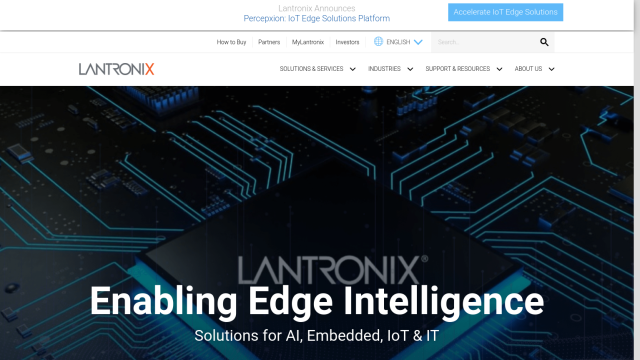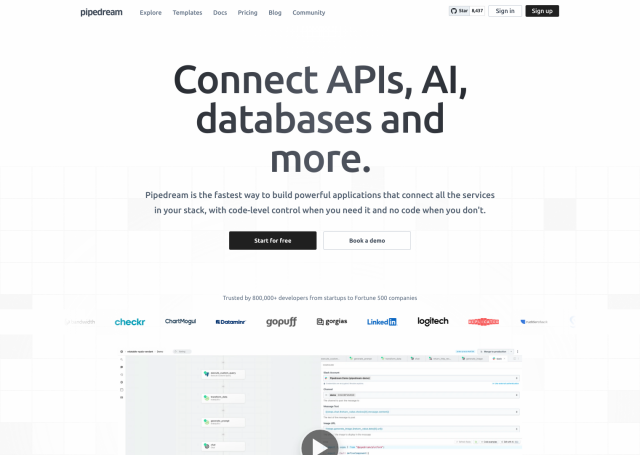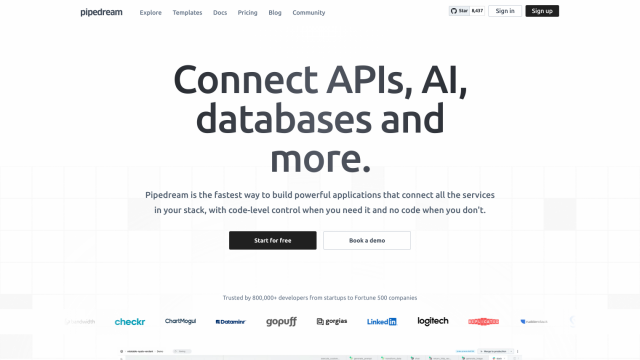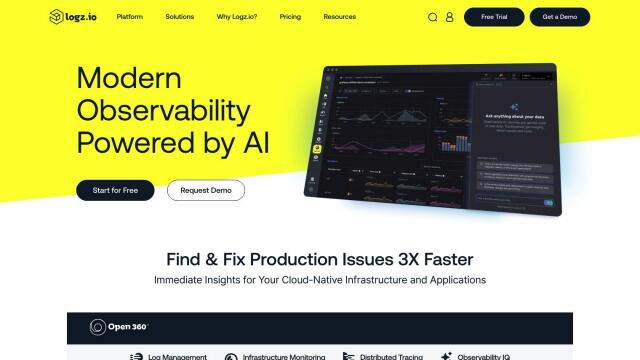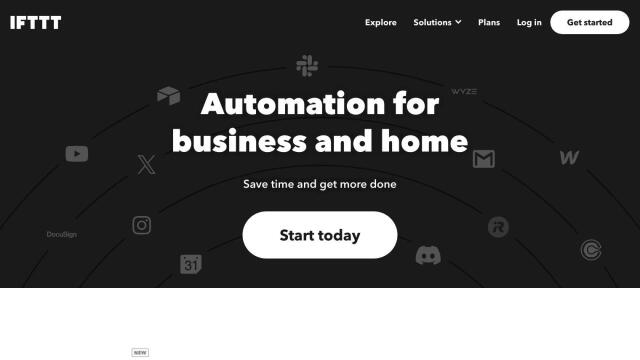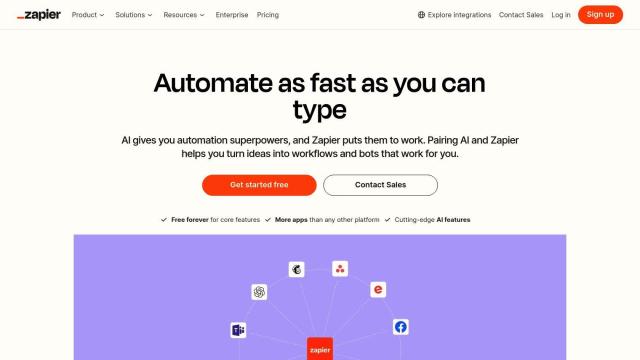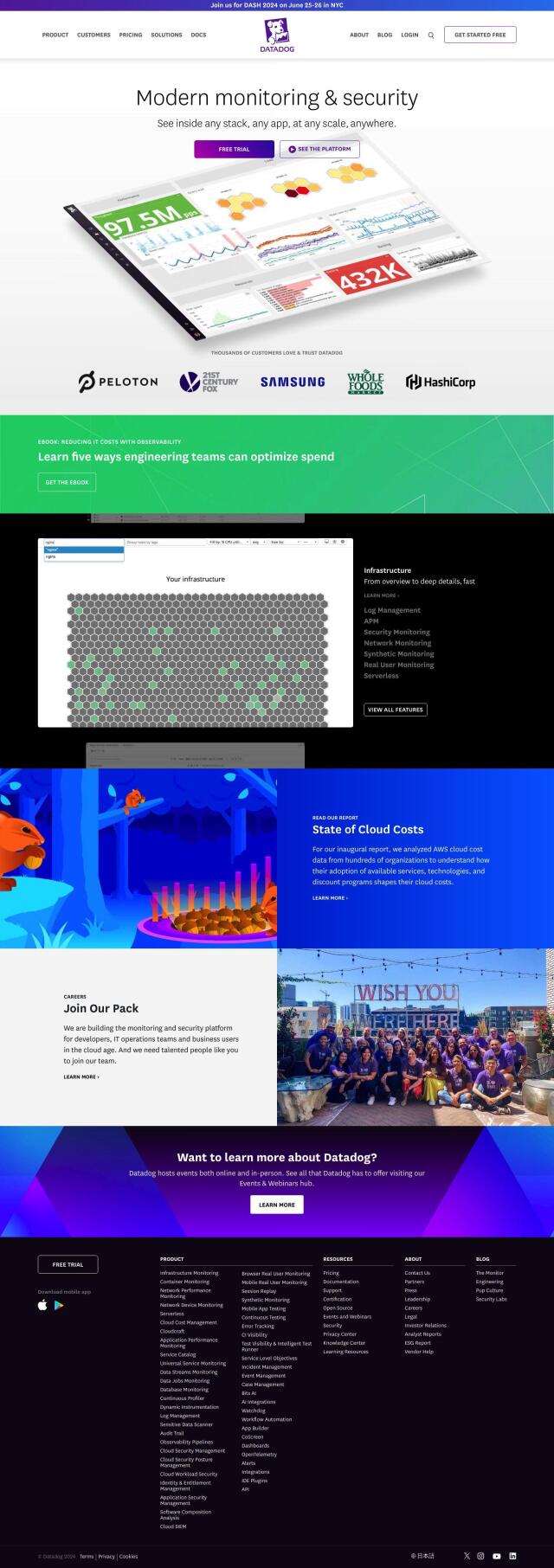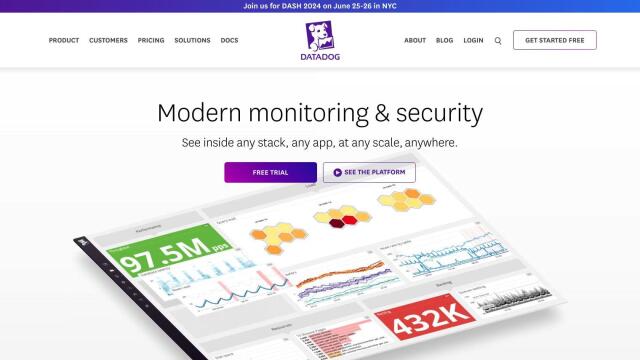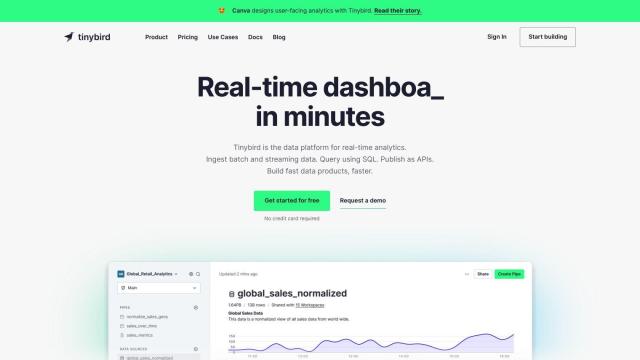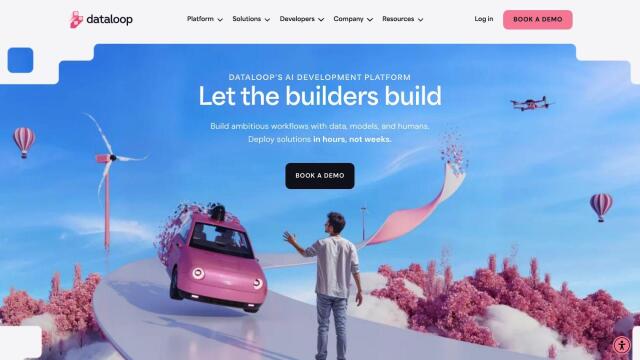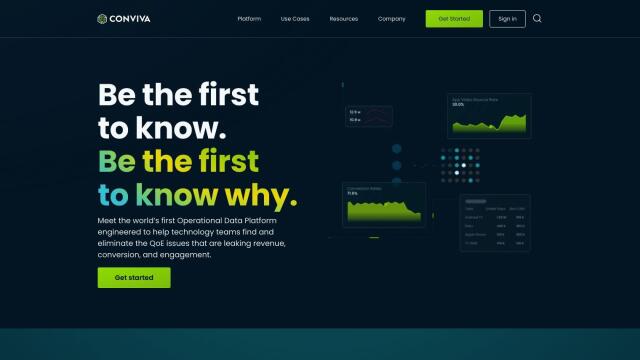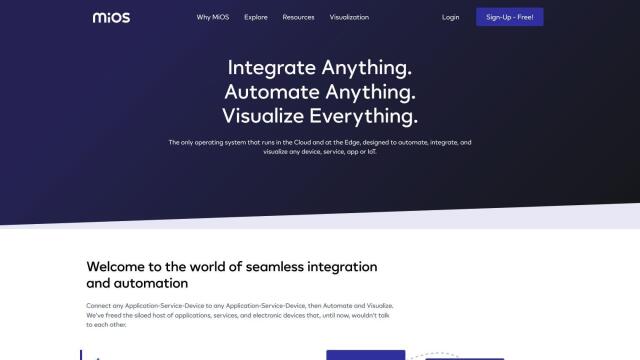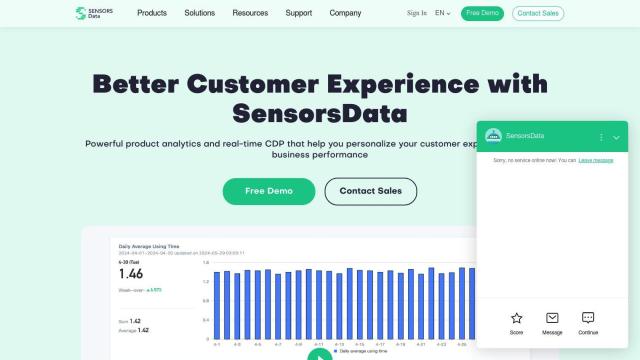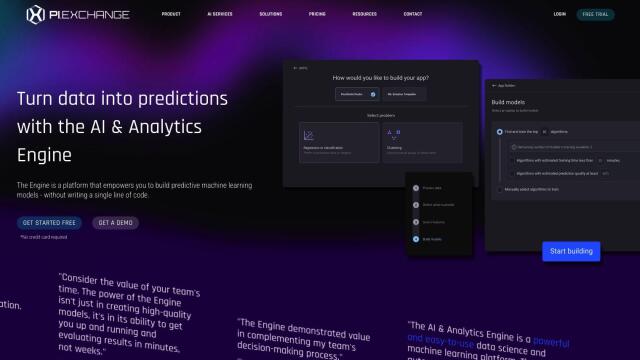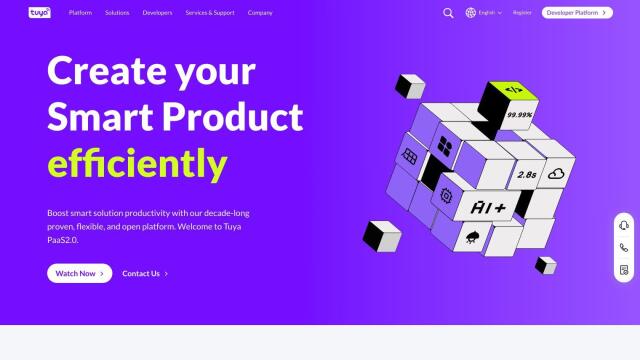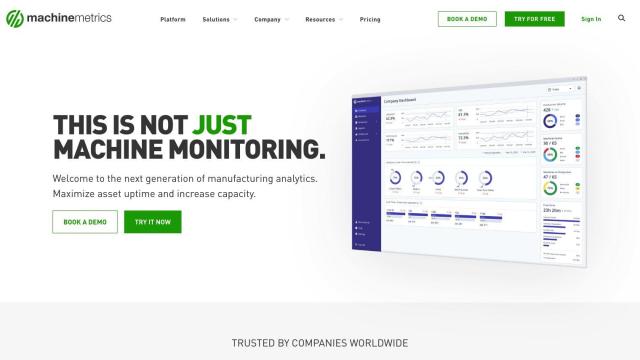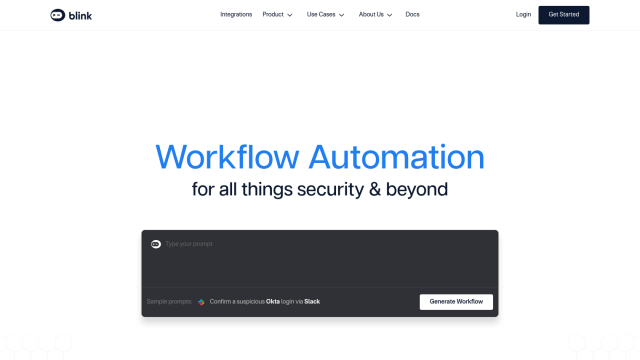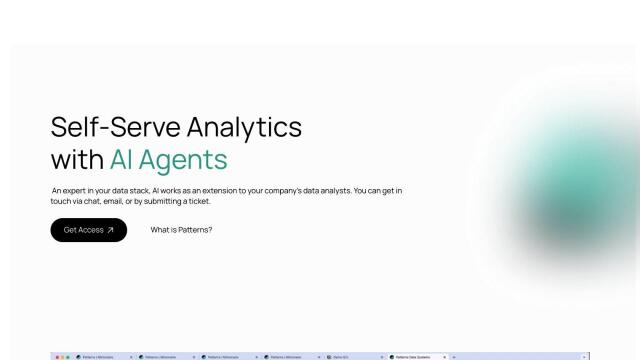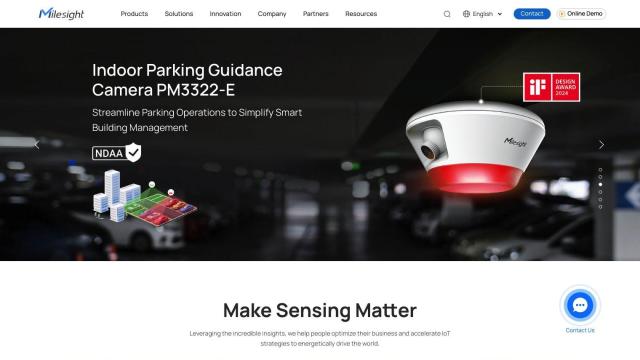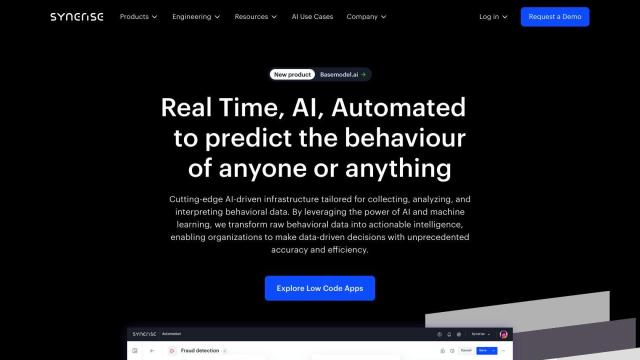Question: Is there a platform that enables me to trigger actions based on data patterns and trends in IoT projects?
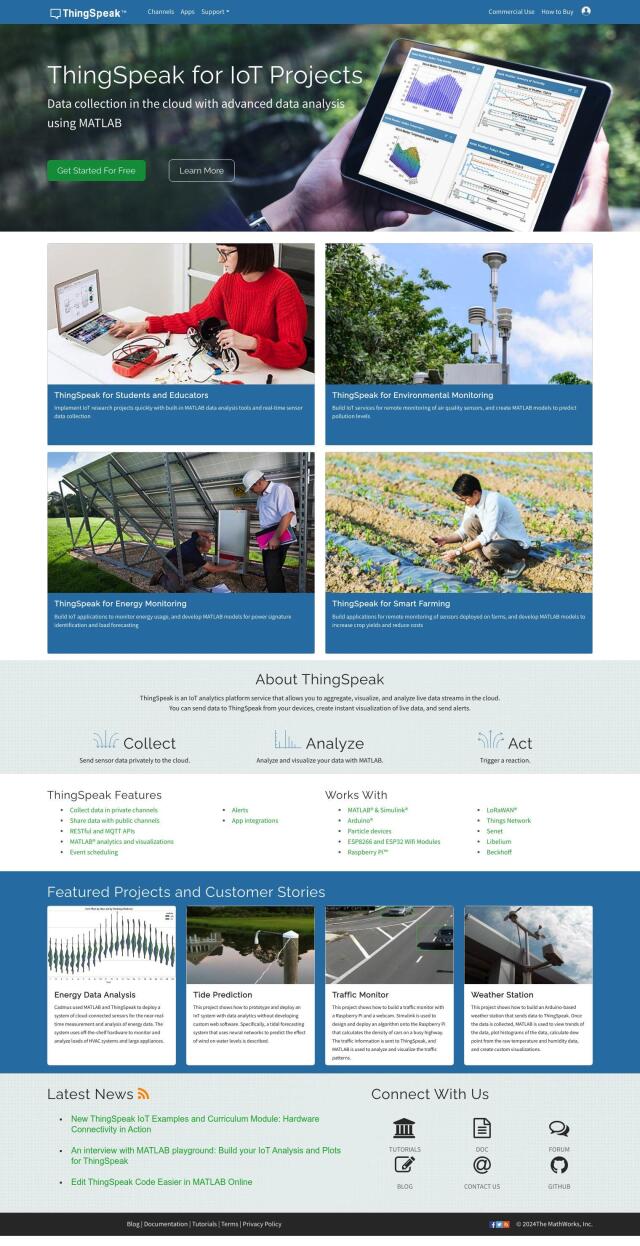
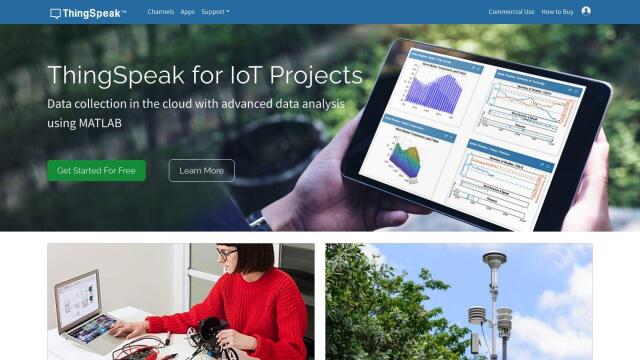
ThingSpeak
If you're building an IoT project that needs to respond to patterns and trends in data, ThingSpeak is a great option. The service lets you capture, process and respond to real-time data streams in the cloud. It supports a wide range of hardware platforms, has features like private and public channels to control data, RESTful and MQTT programming interfaces, and the ability to trigger actions based on data patterns. The service is geared for IoT projects, research and real-world use, with a free tier for small, noncommercial projects and more advanced options for larger or commercial use.
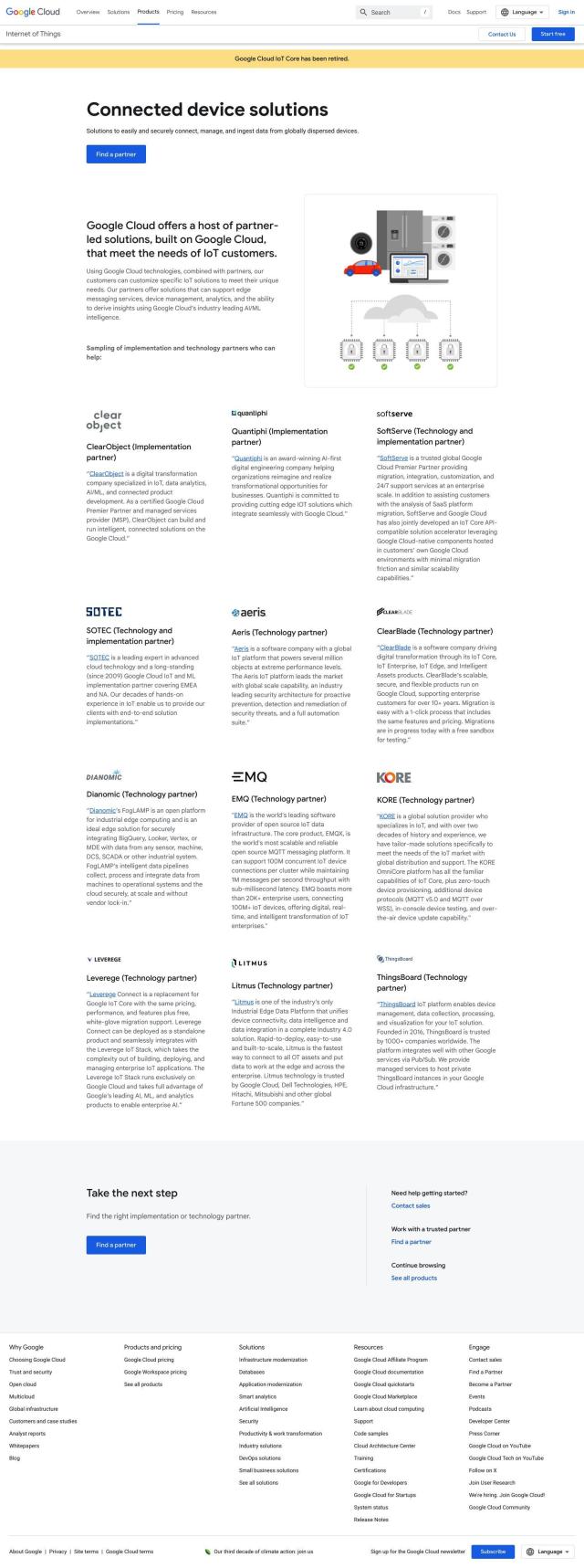
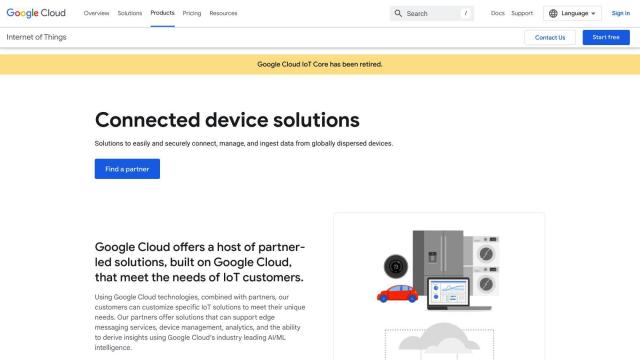
Cloud IoT Core
Another contender is Cloud IoT Core from Google Cloud. The service securely connects, manages and ingests data from devices around the world and integrates with other Google Cloud services like AI and ML for more sophisticated analysis and automation. It offers enterprise-grade AI for IoT data processing and analysis, as well as scalability and reliability through Google's global infrastructure. That makes it a good option for a range of industries, including manufacturing, health care and logistics, where it can be used to optimize processes and improve product lifecycle management.

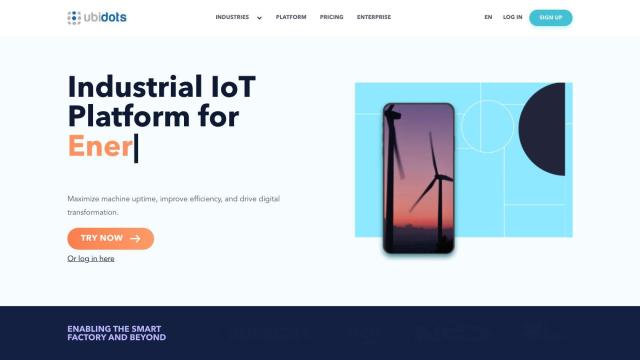
Ubidots
Ubidots is another option. The industrial IoT platform is geared for condition monitoring, smart manufacturing and cloud SCADAs. It has codeless visualizations, smart alerts, scheduled reports and advanced data analytics, and it's designed to be easy to integrate with devices and to build deployable applications. Ubidots offers real-time insights through codeless dashboards and can integrate with CMMS software, MES and custom actions, which can be useful for IoT projects that need to respond to data patterns and trends as soon as possible.

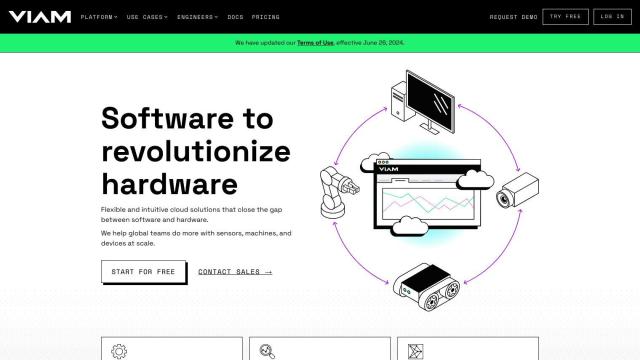
Viam
Finally, Viam is a cloud-based platform for building, monitoring and managing smart machines. It includes features like AI capabilities, predictive fleet maintenance and a single view of all machines. Viam can ingest real-time and historical telemetry data, identify diagnostic problems and apply fixes, so it can be used in a variety of industries and use cases. Its pay-as-you-consume pricing model and open-source design make it a good option for developers who want to build smart machines that can respond to data patterns and trends.

